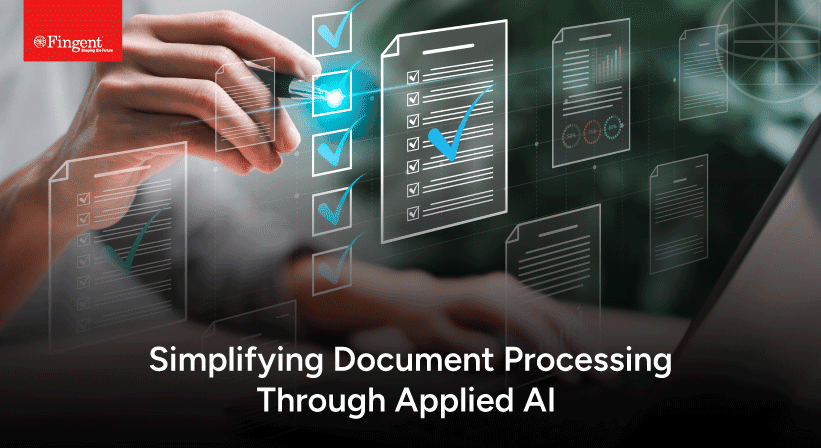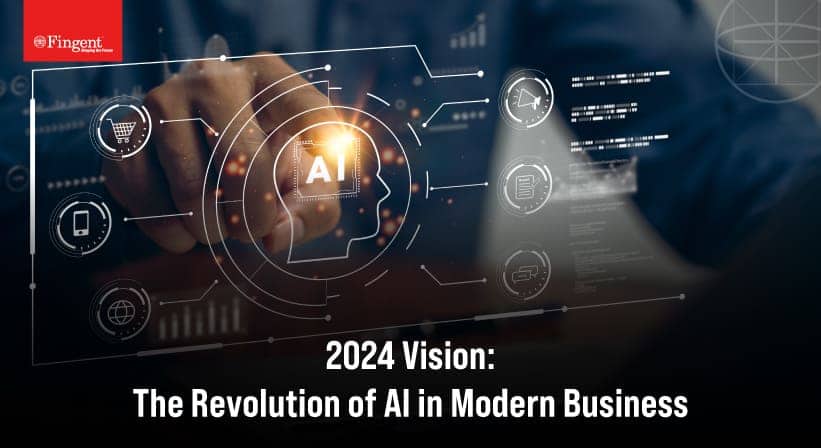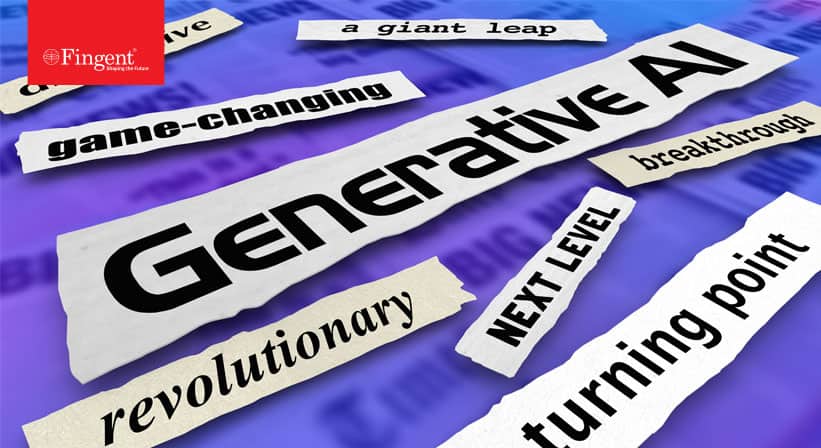An Introduction to Deep Reinforcement Learning and its Significance
Understanding the concept and significance of Deep Reinforcement Learning
The field of reinforcement learning has exploded in recent years with the success of supervised deep learning continuing to pile up. People are now using deep neural nets to learn how to use intelligent behavior in complex dynamic environments. Deep reinforcement learning is one of the most exciting fields in artificial intelligence where we combine the power of deep neural networks to comprehend the world with the ability to act on that understanding.
In deep learning, we take samples of data and supervise the way we compress and code the data representation in a manner that you can reason about. Deep reinforcement learning is when we take this power and apply it to a world where sequential decisions are to be made.
We use deep reinforcement learning to solve tasks where an agent or an intelligent system has to make a sequence of decisions that directly affect the world around the agent. While trial-and-error is the fundamental process by which reinforcement learning agents learn, they do use neural networks to represent the world.
Read more: Key Differences Between Machine Learning And Deep Learning Algorithms
Types of learning
All types of machine learning– supervised learning, unsupervised learning, semi-supervised learning, and reinforcement learning are supervised by a loss function. Even in unsupervised learning, there is some kind of human intervention required to determine and provide inputs on what is good or bad. Only the cost of human labor required to obtain this supervision is low. Thus, the challenges and the exciting opportunities of reinforcement learning lie in how we get that supervision in the most efficient way possible.

In supervised learning, you take a bunch of data samples and use them to learn patterns to interpret similar samples in the future. However, in reinforcement learning, you teach an agent through experience. So the essential design step in reinforcement learning is to provide the environment in which the agent has to experience and gain rewards. In other words, a designer has to design not only the algorithm but also the environment where the agent is trying to solve a task.
The most difficult element in reinforcement learning is the reward – good vs bad. For example, when a baby learns to walk, success is the ability to walk across the room and failure is the inability to do so. Simple! Well, this is reinforcement learning in humans. How we learn from so few examples through trial-and-error is a mystery. It could be the hardware – 230 million years of bipedal movement data that is genetically encoded in us or it could be the ability to learn quickly through the few minutes or hours or years of observing other humans walking. So the idea is if there was no one around to observe, we would never be able to walk. Another possible explanation is the algorithm that our brain uses to learn which has not yet been understood.
The promise of deep learning is that it converts raw data into meaningful representations whereas the promise of deep reinforcement learning is that it builds an agent that uses this representation to achieve success in the environment.
Deep Q learning
Q-learning is a simple and powerful algorithm that helps an agent to take action without the need for a policy. Depending on the current state, it finds the best action on a trial-and-error basis. While this works for practical purposes, once the problem size starts increasing, maintaining a Q-value table becomes infeasible considering the amount of memory and time that would be required. This is where neural networks come in.
From a given input of action and state, a neural network approximates the Q-value function. Basically, you feed the initial state into the neural network to get the Q-value of all possible actions as the output. This neural network is called Deep Q-Network. However, DQN is not without challenges. The input and output undergo frequent changes in reinforcement learning with progress in exploration. The concepts of experience replay and target network help control these changes.
Read more: Top 10 Machine Learning Algorithms in 2020
Deep Reinforcement Learning Frameworks
Here are the three Deep Reinforcement Learning frameworks:
1. Tensorflow reinforcement learning
RL algorithms can be used to solve tasks where automation is required. However actual implementation is easier said than done. You can ease your pain by using TF-Agents, a flexible library for TensorFlow to build reinforcement learning models. TF-Agents makes it easy to use reinforced learning for TensorFlow. TF-Agents enables newbies to learn RL using Colabs, documentation, and examples as well as researchers who want to build new RL algorithms. TF-Agents is built on top of TensorFlow 2.0. It uses TF-Eagers to make development and debugging a lot easier, tf.keras to define networks and tf.function to make things faster. It is modular and extensible helping you to pick only those pieces that you need and extend them as required. It is also compatible with TensorFlow 1.14.
2. Keras reinforcement learning
Keras is a free, open-source, neural network Python library that implements modern deep reinforcement learning algorithms. Using Keras, you can easily assess and dabble with different algorithms as it works with OpenAI Gym out of the box. Keras offers APIs that are easy and consistent, thus reducing the cognitive load. These APIs can handle the building of models, defining of layers or implementation of multiple input and output models. Keras is fast to deploy, easy to learn, and supports multiple backends.
3. PyTorch Reinforcement learning
PyTorch is an open-source machine learning library for Python based on Torch and is used for applications such as natural language processing. It consists of a low-level API that focuses on array expressions. This framework is mostly used for academic research and deep learning applications that require optimized custom expressions. The PyTorch framework has a high processing speed with complex architecture.
All these frameworks have gained immense popularity and you can choose the one that suits your requirements.
While deep reinforcement learning holds immense potential for development in various fields, it is vital to focus on AI safety research as well. This is going to be fundamental in the coming years in order to tackle threats like autonomous weapons and mass surveillance. We should, therefore, ensure that there are no monopolies that can enforce their power with the malignant use of AI. So international laws need to keep up with the rapid progress in technology.
We have tried to brush across the basics of deep reinforcement learning and the top 3 frameworks that are in use currently. Want to know more about this amazing technology? Reach out to us at Fingent!
Stay up to date on what's new

Recommended Posts

18 Apr 2024 B2B
Applied AI For Document Processing
"It's becoming increasingly clear that AI is the future, and almost everything else is a sideshow." - World-renowned computer scientist Geoff Hinton AI has taken over almost every aspect of……

10 Jan 2024 B2B
AI Trends Set to Transform Businesses in 2024
In the dynamic realm of modern business, the profound impact of artificial intelligence (AI) continues to unfold, reshaping industries and redefining conventional practices. As we step into 2024, the transformative……

26 Nov 2023 B2B
Finding Success in the Aviation Business with AI
“Aviation is the branch of engineering that is least forgiving of mistakes.” - Freeman Dyson, British-American theoretical physicist and mathematician. The truth in that statement is sobering indeed. The precision……

27 Oct 2023 B2B
Generative AI – Magnifying the Power of AI in Business
Are you sick and tired of performing the same monotonous task every day? Well, if your answer is yes, then Generative Artificial Intelligence can benefit you. Technology is evolving at……
Featured Blogs
Stay up to date on
what's new










